Tuesday, a large portion of Yellowstone National Park’s Biscuit Basin was violently shaken by a hydrothermal explosion, causing damage to a boardwalk as guests fled to safety.
According to the U.S. Geological Survey, the explosion appeared to originate near the Black Diamond Pool and occurred at the Biscuit Basin thermal area around 10 a.m. local time. There were no immediate reports of injuries.
Geologist Investiagtion

Biscuit Basin as well as its footpaths and parking garages are shut for guest security as park geologists examine what happened, USGS announced. The well known place of interest is found approximately two miles northwest of Old Faithful.
The USGS says that the Yellowstone region’s volcanic activity is still normal.
Eruption Captured
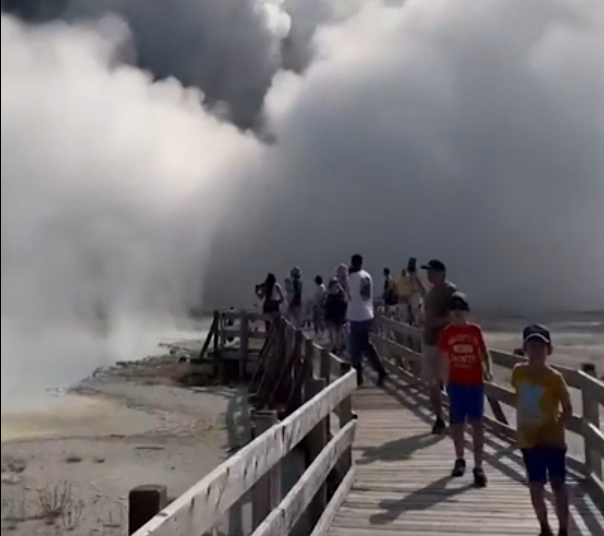
The eruption that sent people fleeing and left behind a huge cloud of fumes was captured on Facebook video.
Vlada March, a Facebook user who uploaded the video, stated on the platform that the explosion took place directly in front of her and her family.
Eyewitness Account
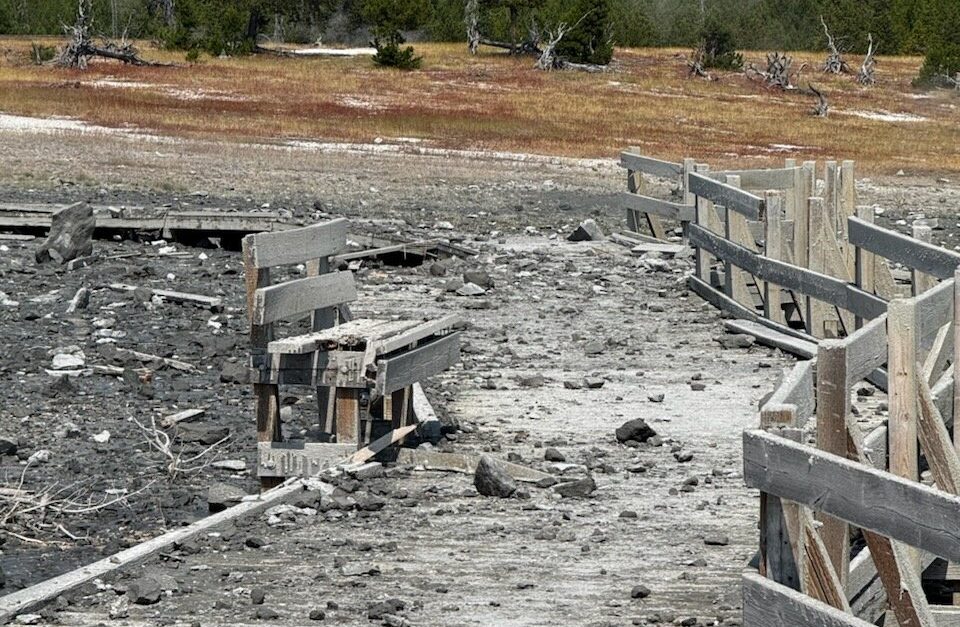
According to March: “Boardwalk destroyed, my mom got some of the debris but everyone is safe. Unbelievable and grateful to be alive.”
“Hydrothermal explosions like that of today are not a sign of impending volcanic eruptions, and they are not caused by magma rising towards the surface,” USGC stated.
Explosion Explanation
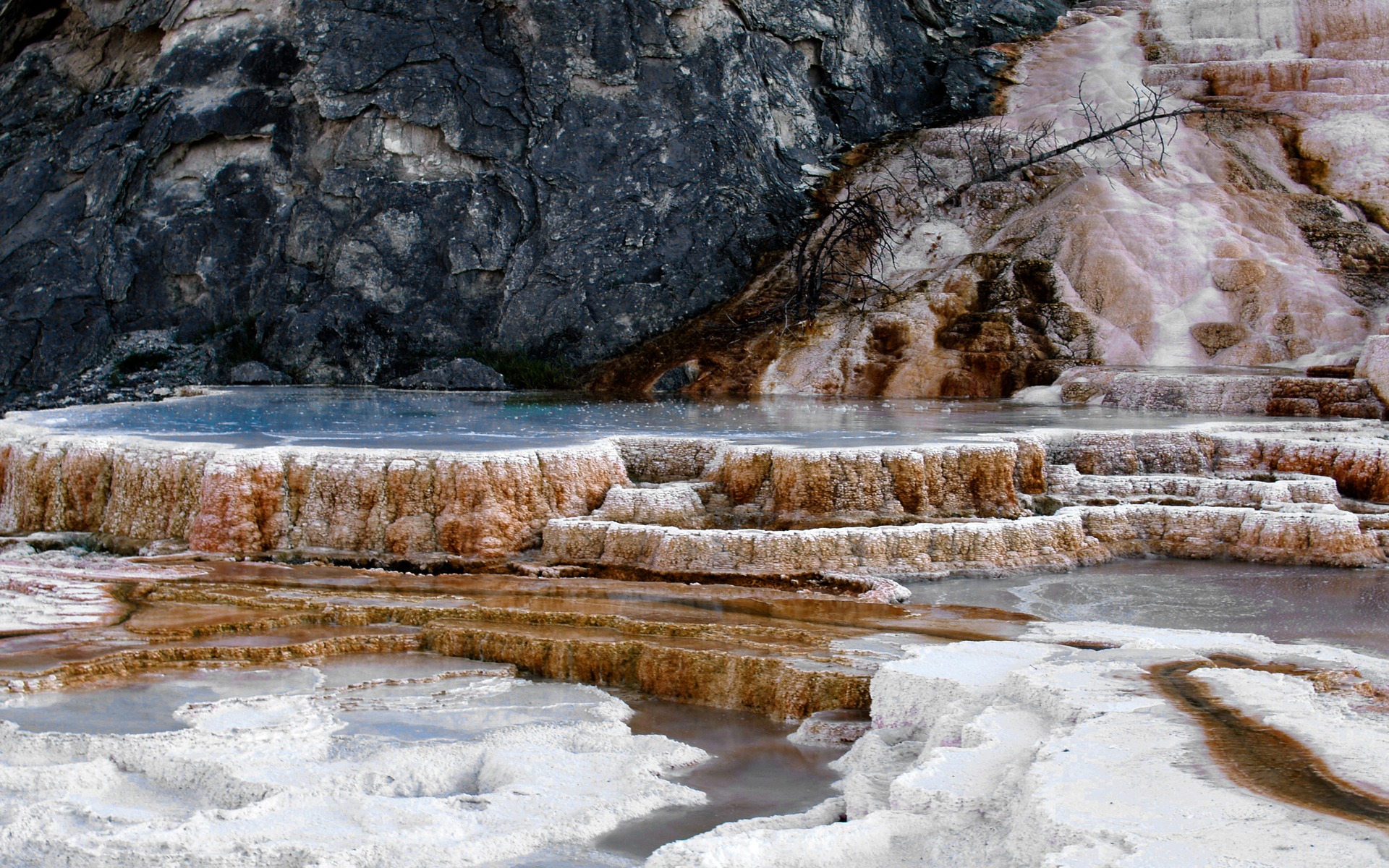
Lisa Morgan, an emeritus research geologist with the USGS, wrote about hydrothermal explosions for the Yellowstone Caldera Chronicles, a publication of the Yellowstone Volcano Observatory.
Hydrothermal explosions occur when hot water in a volcano system explodes into steam in a small area.
Morgan Statement
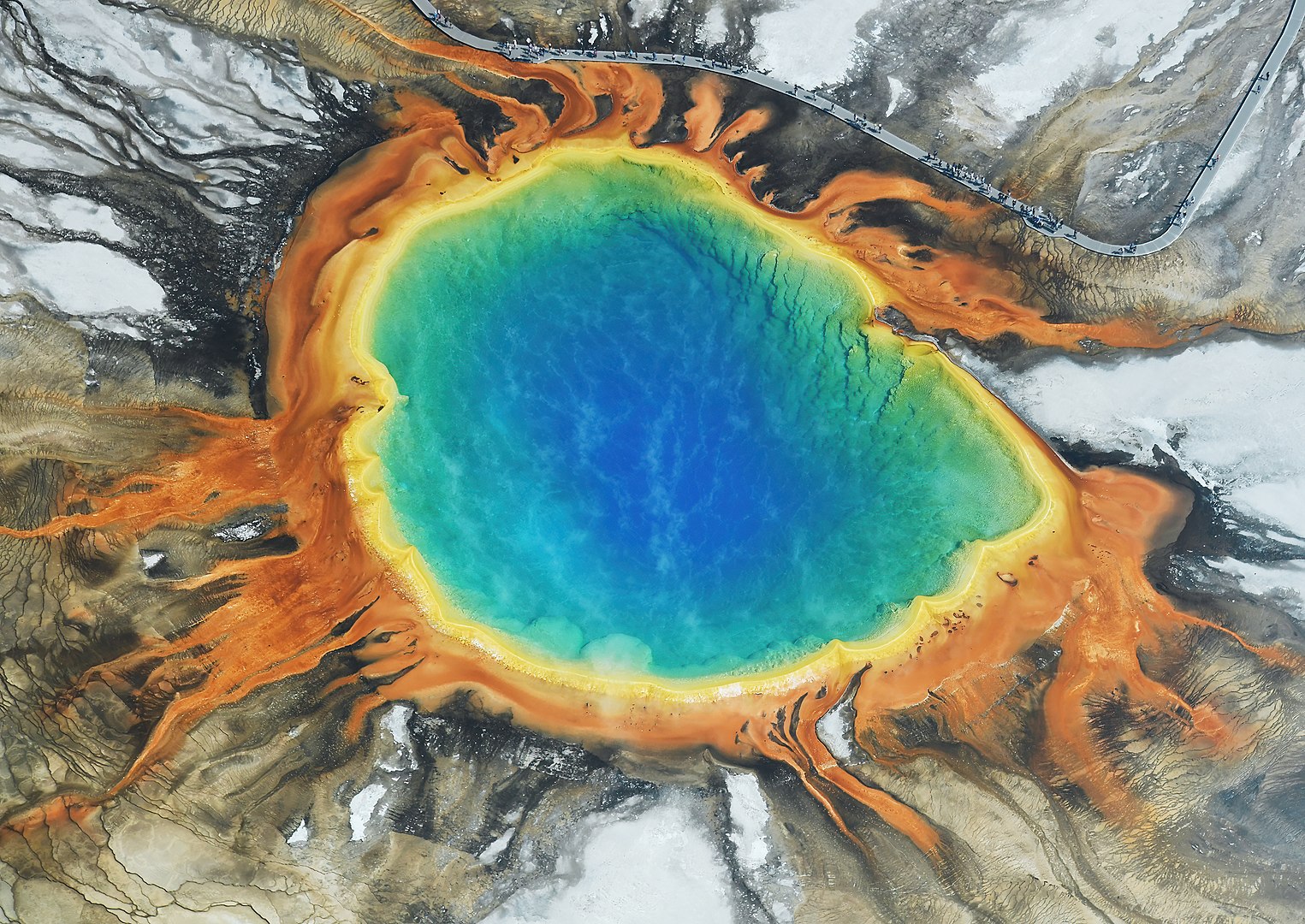
Morgan referred to the explosions as “one of the most important and least understood geologic hazards.”
The high-temperature fluids or vapors rapidly expand when the pressure drops suddenly, causing an eruption that creates a crater.
Frequency of Explosions
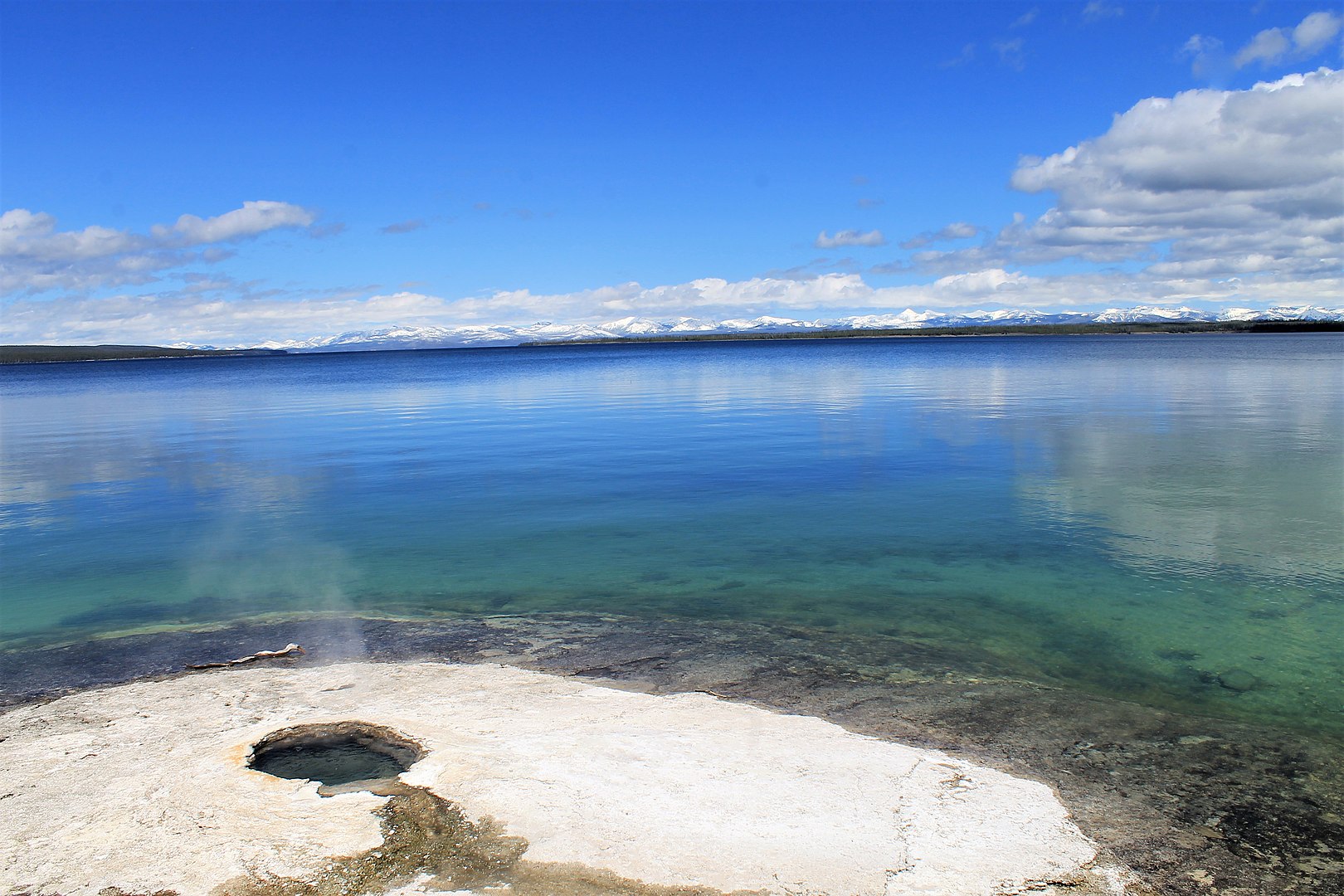
According to the scientist in charge of the observatory, Michael Poland, explosions can occur as frequently as a couple of times per year, and Yellowstone is the global epicenter of the geologic hazard.
The three hydrothermal explosion craters that are the world’s largest are located in the region northeast of Yellowstone Lake.
The Largest Craters
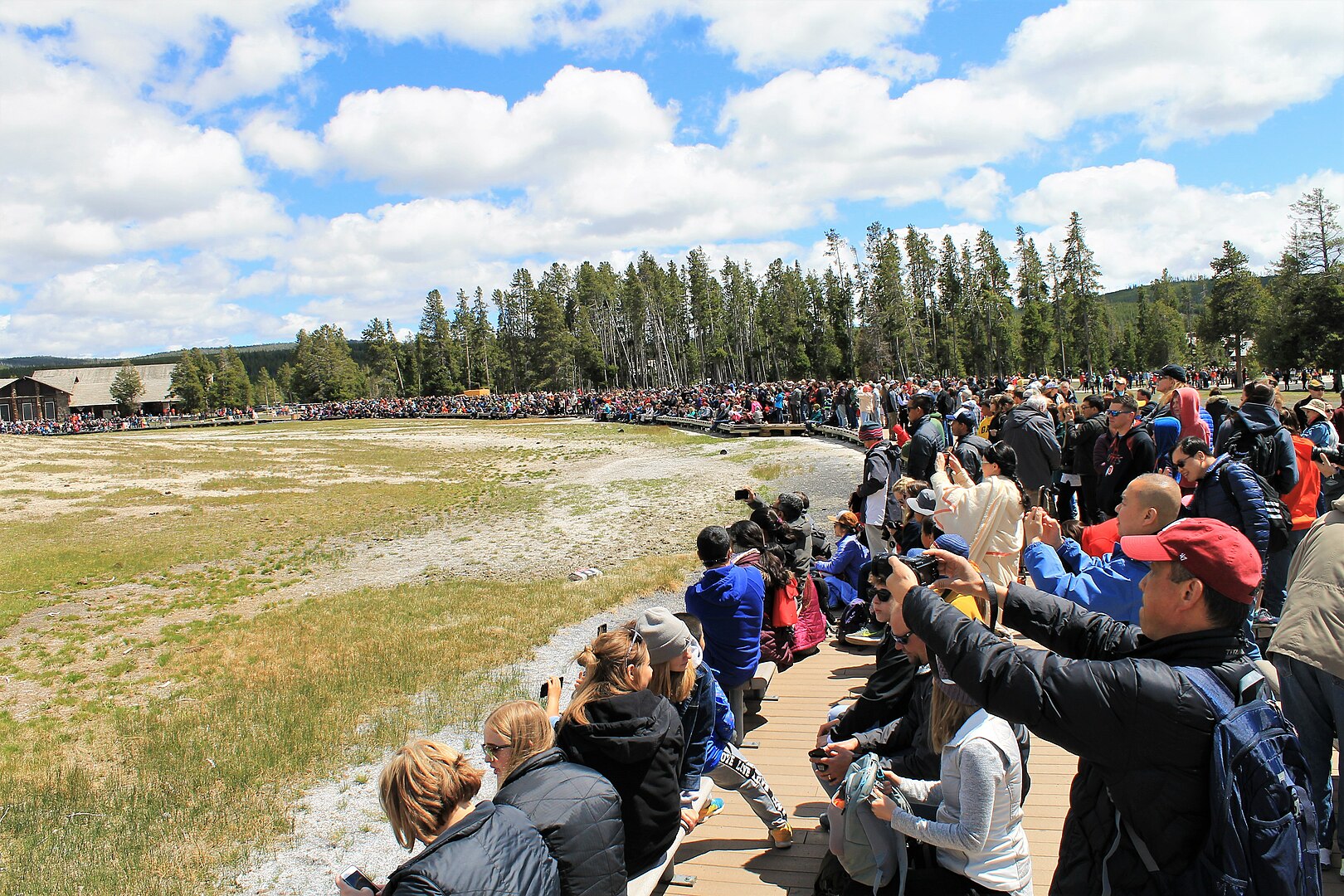
With a width of half a mile, Mary Bay is the largest crater, formed 13,000 years ago; The mile-wide Turbid Lake dates back 9,400 years; Additionally, Elliott’s Crater was formed 8,000 years ago and has a width of nearly half a mile.
The observatory says that every few hundred years, there will be an explosion big enough to leave a football field-sized crater.
High Activity Areas
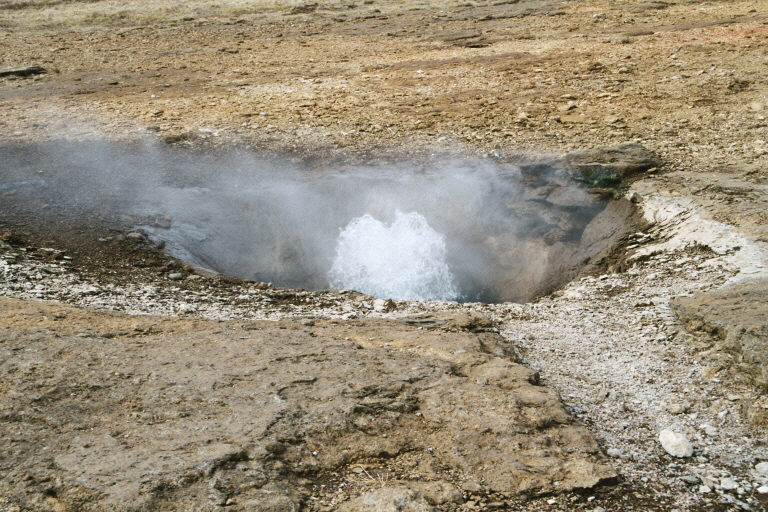
Poland claims that the explosions can occur anywhere there is hydrothermal activity. Chile, New Zealand, and Iceland are additional hotspots.
According to Poland, hydrothermal explosions are “an underappreciated geologic hazard” in comparison to earthquakes and volcano eruptions.
Recent Explosion
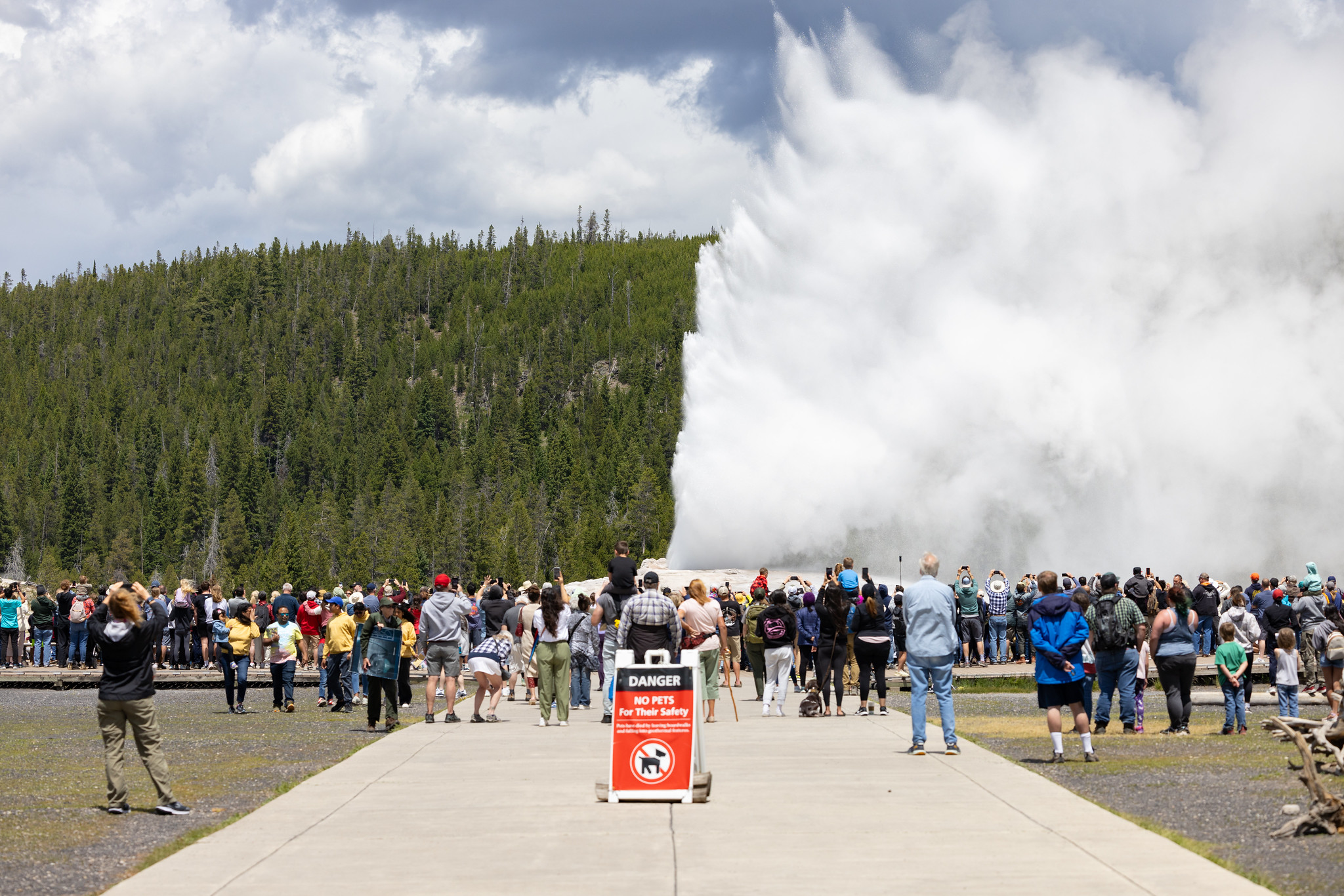
Poland claims that the majority of explosions are minor and go unnoticed. For instance, geologists this spring found a hole a few feet wide in Yellowstone’s Norris Fountain Bowl from a blast on April 15, 2024.
Nobody has been killed or harmed by an aqueous blast, despite the fact that between “blowing out rock, mud and boiling water, it’s not something you want to be close to” Poland said.
Past Discoveries
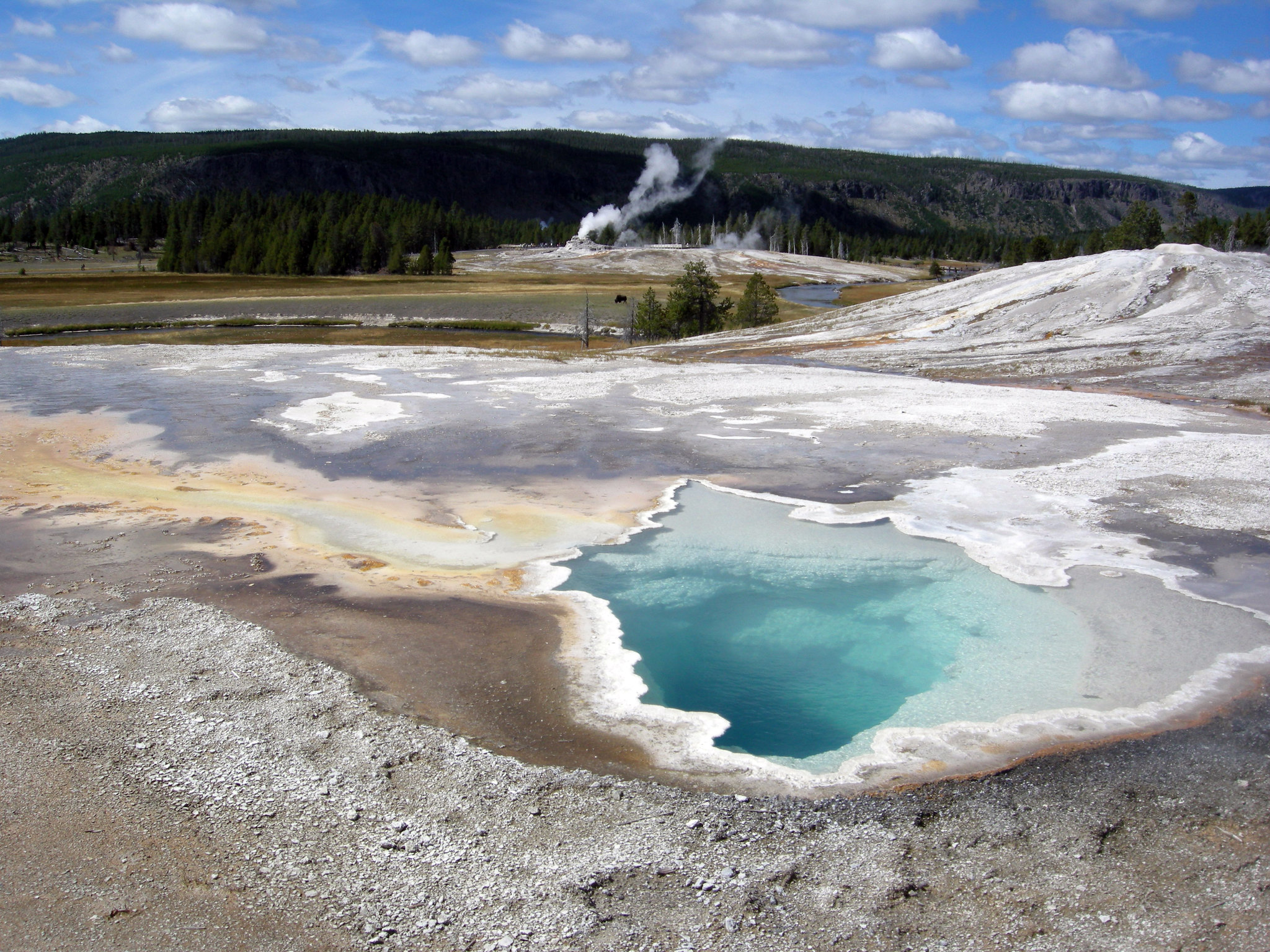
However, incredible outcomes have been achieved by recent explosions.
In 2018, the Ear Spring near Old Faithful burst, sending debris from the 1930s, including a Hamm’s beer can, a vintage pacifier, a shoe heel, and dozens of coins, flying in the air.
Porkchop Geyser
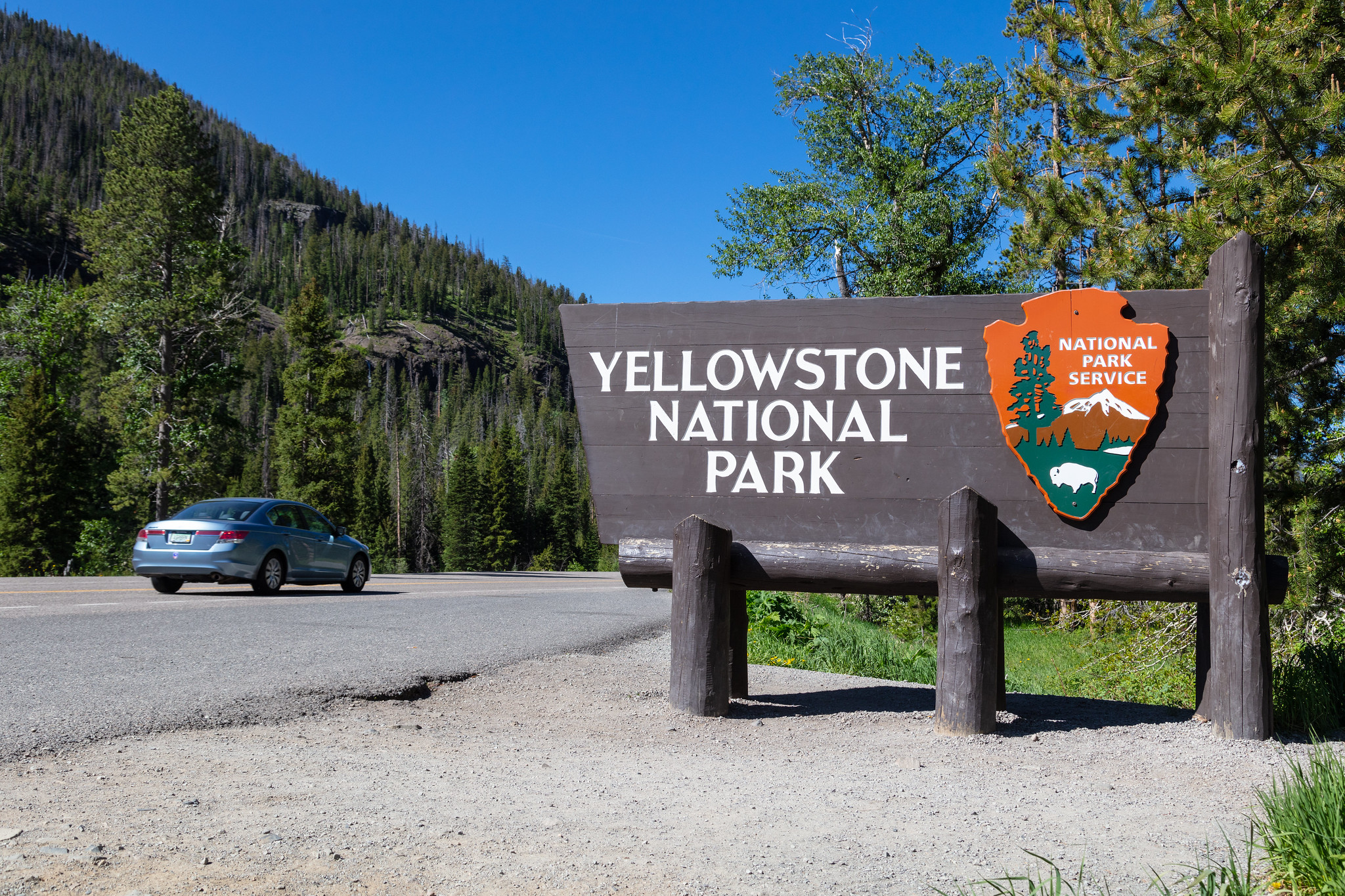
In 1989, eight eyewitnesses watched Porkchop Geyser develop from a 30-foot water spout to 100 feet prior to exploding.
Poland claims that the hydrothermal pool’s porkchop shape was destroyed and a 30-foot crater was created as a result of the explosion. Nobody was injured.
According to the USGS, a second explosion occurred in Biscuit Basin on May 17, 2009.
